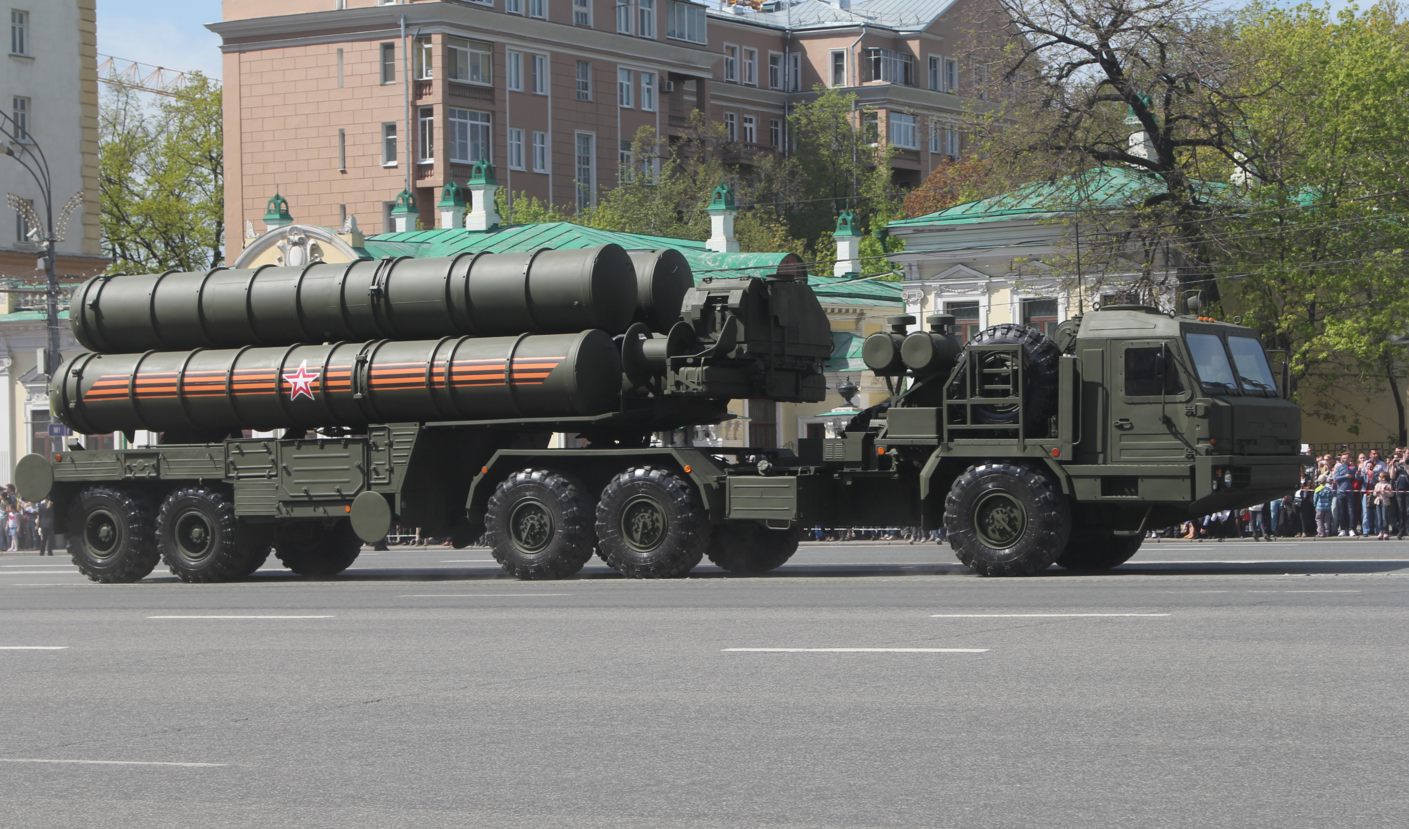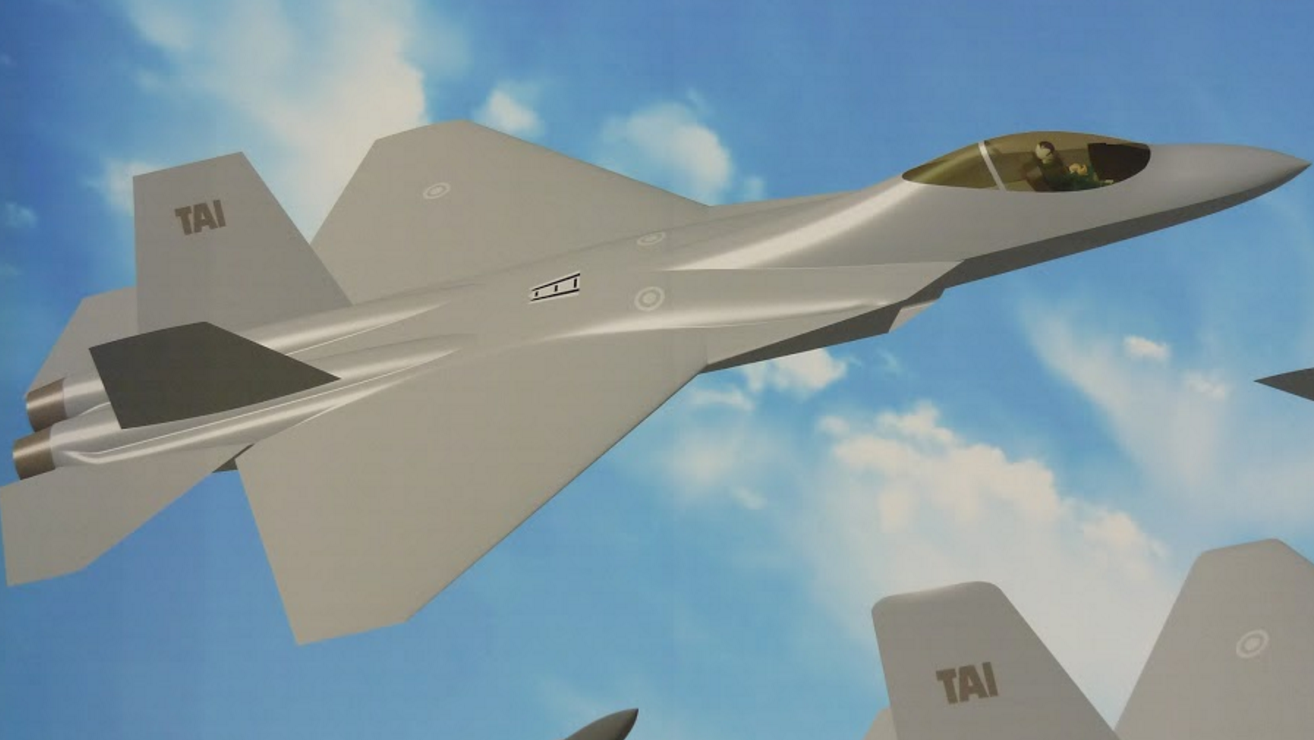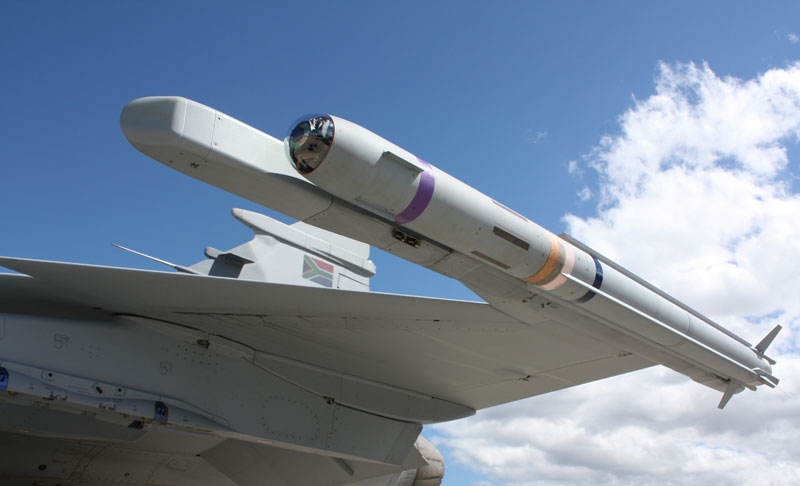17Views 34Comments

The impact of India’s S-400 purchase
During Prime Minister Modi’s visit to Moscow, India and Russia signed an intergovernmental agreement (IGA) over the Almaz-Antey S-400 Triumf long-range surface-to-air missile (SAM) system.
Under the $4.5 to $5 billion U.S. deal, India expects to receive the first batch of these systems from 2020. The S-400 purchase has been heralded as a ‘game-changer’ and a means to imbue India with an ‘edge’ against its regional adversaries – China and Pakistan.
In the aftermath of a Russian Air Force (VVS) Su-24 kill at the hands of a Turkish Air Force F-16, Moscow deployed the S-400 to Syria in order to support its expeditionary forces with direct air defence cover and – at least in the view of numerous observers – provide deterrence.
Whatever Russia’s intention behind deploying the S-400, the decision to send it to Syria certainly drew a high level of attention to the system. At this stage, many will be familiar with the S-400’s marquee missile – the 40N6 – which has a maximum engagement range of 400 km. In tandem, the S-400 also comprises of the 250 km range 48N6 as well as the medium-to-long-range 120km 9M96E2 and 40km 9M96E.
While generally viewed as a long-range SAM system, the S-400 is a comprehensive suite in that it is aimed to address a wide range of aerial threats, from long-range strategic threats (such as bombers) to stealthy low-flying cruise missiles. Its range coverage can span from as short as 40 km to as far as 400 km. The S-400’s principal radar – i.e. the 92N6E Grave Stone – can track 100 targets and simultaneously engage up to six (via its paired anti-air missiles). Its phased-array design is ascribed with effective electronic counter-counter measures (ECCM) capabilities, enabling it to withstand enemy radar jamming systems. Finally, the S-400 (in line with its Russian predecessors) is also a mobile system, thereby giving its users considerable flexibility in terms of deploying, withdrawing, and re-deploying the system.
Under the multi-billion-dollar deal, New Delhi is to procure five S-400 systems. The specific details of what India will be receiving have not yet been disclosed, but given the amount in question, it would be a surprise if the 48N6 (250 km) and 40N6 (400 km) missiles are not included. It is not clear how many launchers each S-400 system includes, though an image on Air Power Australia suggests that it should be at least four.
At first thought, one would assume that India has every incentive to station a number of S-400 systems – potentially up to three – in fairly close proximity to Pakistan. If equipped with the 40N6 missile, grounding the S-400 in the heart of Indian Punjab would enable India to stifle the Pakistan Air Force (PAF) from flying in key areas in its Central Command theatre (which is responsible for protecting Lahore, the country’s inland economic hub and second largest city). Similar positioning and results can be had in the south (in terms of Karachi) and the north (in terms of Kashmir).
India need not deploy the S-400 in that manner (at least permanently), though the incentive to pre-empt Pakistan from utilizing its aerial assets (which carry a number of the country’s pre-emptive stand-off range munitions) is certainly there and should not be dismissed. In fact, the risk of India taking such a course is something Pakistani defence planners would be wise to acknowledge and work to address. Moreover, India’s other air defence investments (e.g. Barak) provide it with ample opportunity to build medium-to-long range SAM applications for more conservative air defence deployments.
In general, Pakistan’s options to address the S-400, at least in terms of practical implementation, would be to (1) form a strong air defence umbrella over its own airspace, (2) greatly expand its asymmetrical offensive capabilities, and (3) heavily invest in defensively sound electronic warfare (EW) and electronic countermeasures (ECM) capabilities (to protect aerial assets and to pursue the S-400).
All three elements will require considerable financial investment; in lieu of certain long-term economic progress, Pakistan can, at best, pursue a partial solution (i.e. one or two of the three components) and further pivot towards its strategic deterrence element. This will be discussed in terms of the S-400 in a later article, and further elaborated upon in the series “Pakistan’s Pursuit of Force-Multipliers.”


